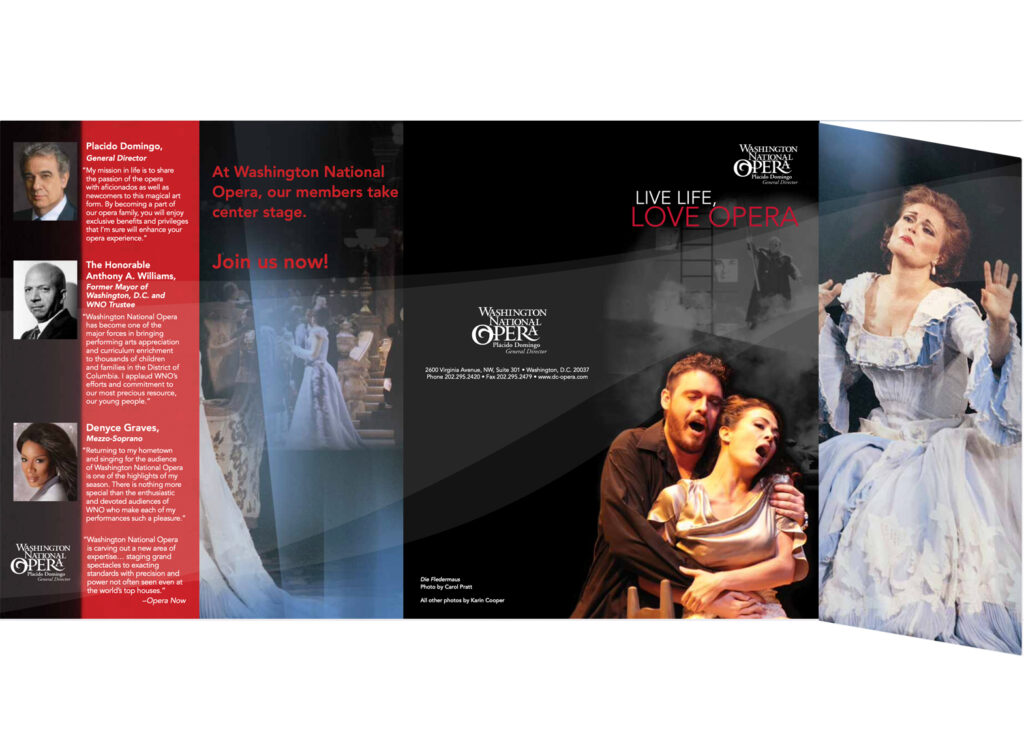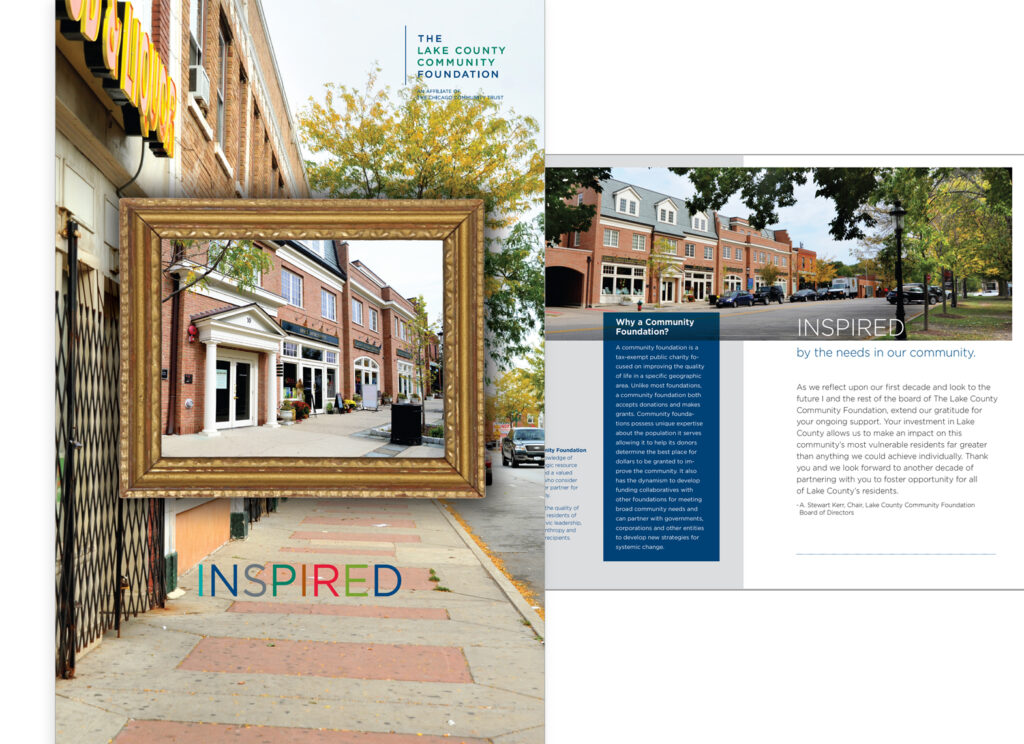In today’s fast-paced landscape, navigating crises effectively is paramount to maintaining a positive reputation and sustaining long-term success. Whether it’s a public relations scandal or an unexpected change in plans, how you respond can make all the difference. Below, we’ll explore key strategies for effective reputation management during difficult times.

1. Proactive planning:
The first rule of crisis communication is simple: be prepared. Having a comprehensive crisis communication plan in place before issues arise is essential for minimizing damage and restoring trust. At Muench Strategic Communications, we work closely with our clients to develop tailored crisis communication strategies that address potential risks and vulnerabilities specific to their industry and business model.
2. Transparency and authenticity:
In the midst of a crisis, honesty is the best policy. Transparency builds trust, and authenticity resonates with audiences on a deeper level. When communicating with stakeholders during a crisis, it’s crucial to be upfront about the situation, acknowledge any mistakes or shortcomings, and outline the steps being taken to address the issue. We often work with our clients to swiftly, genuinely and objectively craft transparent and authentic messaging that helps organizations maintain credibility and integrity in the face of adversity.
3. Timeliness and consistency:
In a crisis, every minute counts. Timely communication is essential for managing public perception and controlling the narrative. We understand the importance of acting swiftly to address emerging issues and provide timely updates to stakeholders. Consistency in messaging across all communication channels is also critical for avoiding confusion and maintaining credibility. Our team works diligently to ensure that our clients’ messaging remains consistent, coherent, and aligned with their identity, voice, and brand values throughout the crisis.

4. Empathy and compassion:
During times of crisis, emotions run high, and stakeholders are often looking for reassurance and support. Demonstrating empathy and compassion in your communication can go a long way toward fostering goodwill and building stronger relationships with your audience. We like to emphasize the importance of empathy in crisis communication and help our clients convey sincerity and understanding in their messaging.
5. Learning and adapting:
Once the immediate crisis has passed, it’s essential to conduct a thorough review to identify lessons learned and areas for improvement. We partner with our clients to evaluate the effectiveness of their crisis communication efforts and develop strategies for future readiness. By continuously learning and adapting, organizations can strengthen their resilience and better navigate crises in the future.
Effective crisis communication is essential for protecting your organization’s reputation and maintaining stakeholder trust during challenging times. By proactively planning, prioritizing transparency and authenticity, communicating timely and consistently, demonstrating empathy and compassion, and learning from each experience, you can effectively navigate crises and emerge stronger on the other side.
At Muench Strategic Communications, we’re here to help you weather the storm and emerge with your reputation intact. Contact us today to learn more about our crisis communication services and how we can support your organization in times of need.








